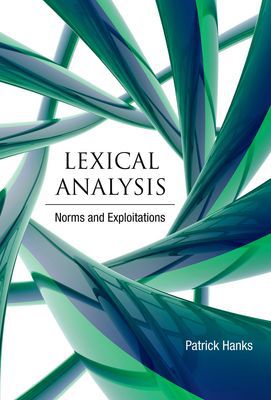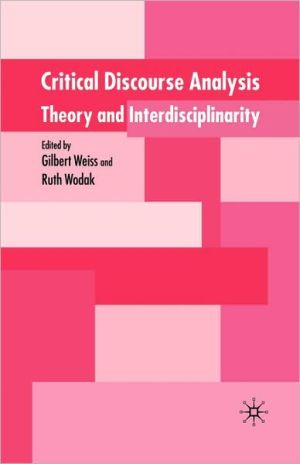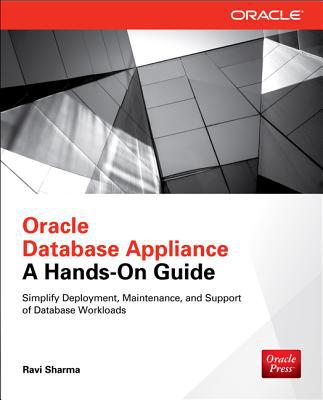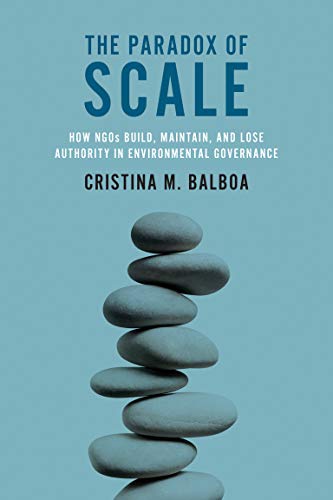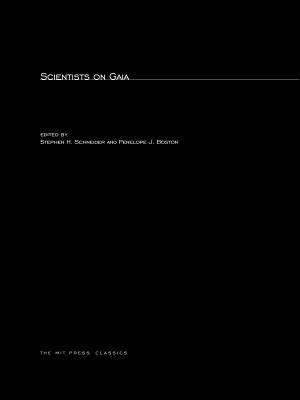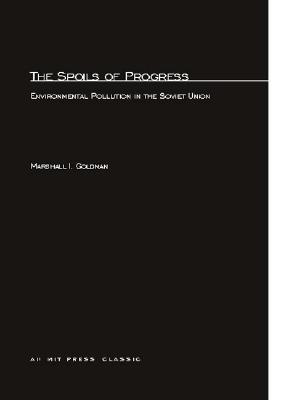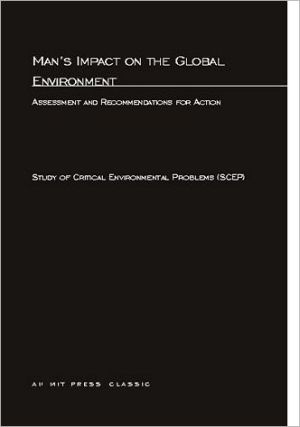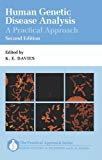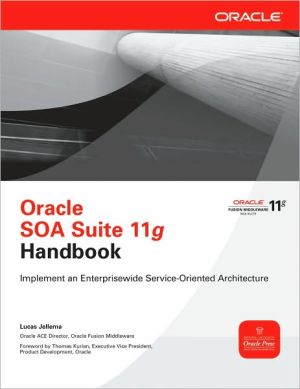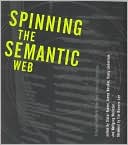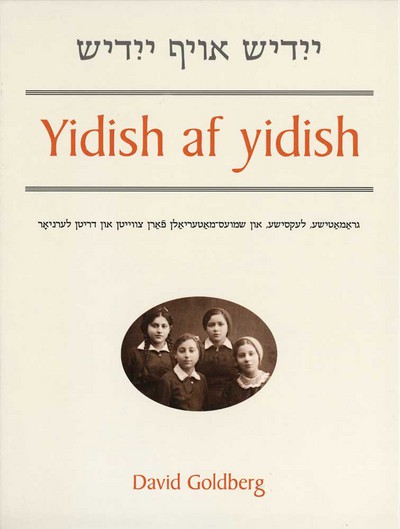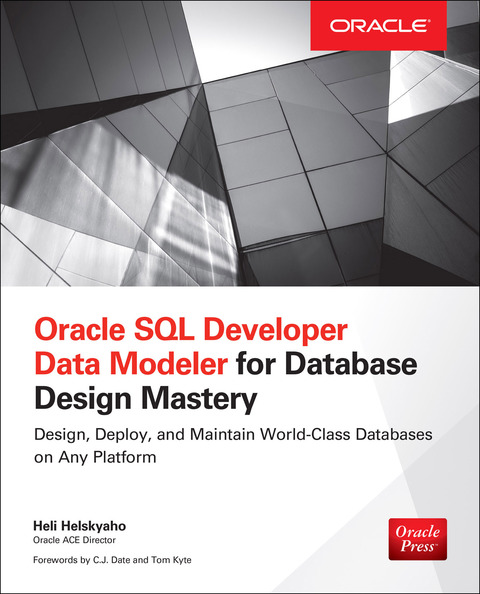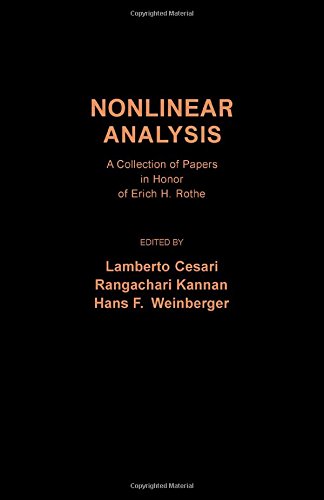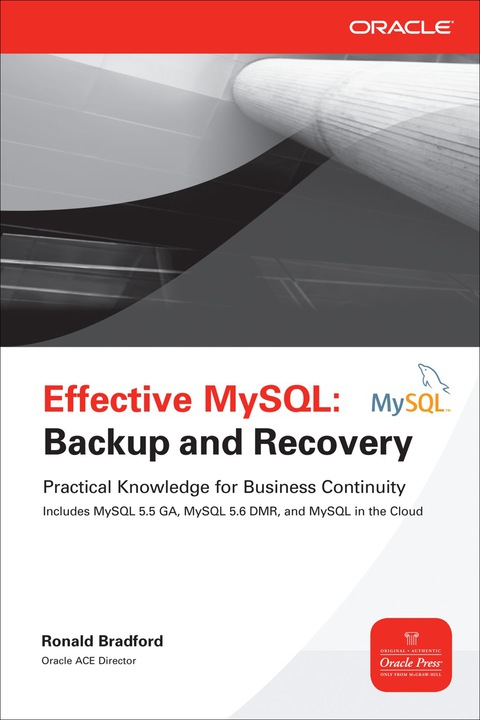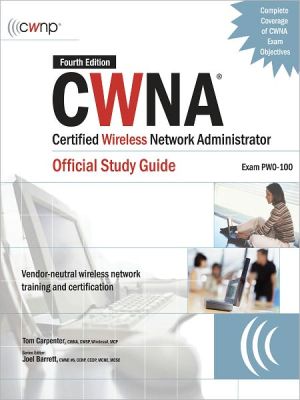Lexical Analysis: Norms and Exploitations (The MIT Press)
Hanks, Patrick
Machine Generated Contents Note: 1.1.using Words To Make Meanings -- 1.2.competence In Rule-governed Behavior -- 1.3.making Comparisons To Make Meanings -- 1.4.exploiting Normal Usage -- 1.5.open Choice And Idiomatic Constraints -- 1.6.a Lexically Based Approach To Linguistic Theory -- 1.7.ontologies -- 1.8.evidence And Intuition -- 1.9.what This Book Is About -- 1.10.summary -- 2.1.competing Concepts Of 'word' -- 2.2.is The Lexicon Of A Language A Finite Set? -- 2.3.zipf's Law -- 2.4.the Dynamic Lexicon -- 2.5.proper Names -- 2.6.how New Terminology Is Created -- 2.7.the Words Scientists Use -- 2.8.contextual Anchoring -- 2.9.multiword Expressions -- 2.10.implications -- 2.11.summary -- 3.1.a Serious Question -- 3.2.common Sense -- 3.3.ockham's Razor -- 3.4.peaceful Coexistence Of Incompatible Components -- 3.5.meaning Events And Meaning Potentials -- 3.6.clause Structure And Wider Context -- 3.7.where Corpus Analysis Runs Out -- 3.8.implications -- 3.9.summary --^ 4.1.problems With Received Wisdom -- 4.2.meanings As Events And Meanings As Beliefs: Gricean Implicatures -- 4.3.how To Identify A Norm -- 4.4.meaning Potentials And Phraseology -- 4.5.meaning, Preference Semantics, And Prototype Theory -- 4.6.climb: Empirical Analysis -- 4.7.implications -- 4.8.summary -- Appendix 4.1: Uses Of Climb, A Verb Of Motion [[process]] -- Appendix 4.2: Contextually Generated Implicatures Of Climb (verb) -- 5.1.recognizing Patterns -- 5.2.norms Of Usage And Belief: Verbs -- 5.3.norms Of Usage And Belief: Nouns -- 5.4.projecting Meaning Potentials Onto Syntax -- 5.5.domain-specific Norms -- 5.6.a Dictionary Without Definitions -- 5.7.creativity And Cliché -- 5.8.implications -- 5.9.summary -- 6.1.a Monumental Inscription -- 6.2.associating Norms Of Meaning And Use: The Case Of Enthusiasm -- 6.3.exploiting And Alternating Norms: Enthusiasm -- 6.4.the Problem Of Negatives And Questions -- 6.5.what Did Jane Austen Mean By Enthusiasm? --^ 6.6.what Did Jane Austen Mean By Condescension? -- 6.7.norms, Mutual Beliefs, And Social Status -- 6.8.more Mundane Examples Of Meaning Change -- 6.9.when New Senses Drive Out Established Senses -- 6.10.words With Two Or More Literal Meanings -- 6.11.summary -- 7.1.semantic Epicenters -- 7.2.lexical Alternations -- 7.3.semantic-type Alternations -- 7.4.syntactic Alternations -- 7.5.implications -- 7.6.summary -- 8.1.what Is An Exploitation? -- 8.2.typology Of Exploitations -- 8.3.are All Rhetorical Tropes Exploitations? -- 8.4.puns -- 8.5.making Sense Of Complex Exploitations -- 8.6.exploiting Pattern Ambiguity -- 8.7.exploiting Existing Words To Form New Ones -- 8.8.general Contextual Resolution Of Ambiguity -- 8.9.minimally Exploited Words And Unexpected Exploitations -- 8.10.distinguishing Exploitations From Mistakes -- 8.11.implications -- 8.12.summary -- 9.1.the Intertextuality Of The Lexicon -- 9.2.the Resilience Of Ancient Fables And Folk Stories --^ 9.3.intertextuality In Lighter Texts -- 9.4.how Poetry Exploits Lexical Norms -- 9.5.the Influence Of Shakespeare -- 9.6.the Influence Of The Bible -- 9.7.playing With Language For Its Own Sake -- 9.8.extremes Of Exploitation And Otherwise -- 9.9.ultimate Exploitations -- 9.10.linguistic Evidence, Drama, And Fiction -- 9.11.summary -- 10.1.semantic And Syntagmatic Complexity: A Matter Of Degree -- 10.2.how Exploitations Become Secondary Norms -- 10.3.latin And Greek Secondary Norms Can Be Primary Norms In English -- 10.4.summary -- 11.1.priorities: Evidence Before Theory -- 11.2.aristotle, Lexical Semantics, And Definitions -- 11.3.the Enlightenment: From Wilkins To Wierzbicka -- 11.4.wittgenstein: The Variable Nature Of Word Meaning -- 11.5.ogden And Richards: The Semantic Triangle -- 11.6.grice And Austin: Ordinary-language Philosophy -- 11.7.rosch And Putnam: Prototypes And Stereotypes In Lexical Analysis -- 11.8.summary -- 12.1.theoretical Streams In Linguistics --^ 12.2.the Lexicon In European Structuralism -- 12.3.the Russian Tradition -- 12.4.the Lexicon In Generative Linguistics -- 12.5.pustejovsky's Generative Lexicon -- 12.6.the Lexicon In Cognitive Linguistics -- 12.7.fillmore: Frame Semantics And Framenet -- 12.8.construction Grammar -- 12.9.the Firthian Tradition -- 12.10.conclusion -- 12.11.summary -- 13.1.using Words; Making Meanings -- 13.2.summary Of The Theory Of Norms And Exploitations -- 13.3.linguistic Rules And Linguistic Data -- 13.4.theory And Application -- 13.5.conclusion. Patrick Hanks. Includes Bibliographical References And Index.
| Name in long format: | Lexical Analysis: Norms and Exploitations (The MIT Press) |
|---|---|
| ISBN-10: | 0262018578 |
| ISBN-13: | 9780262018579 |
| Book pages: | 480 |
| Book language: | en |
| Binding: | Hardcover |
| Publisher: | The MIT Press |
| Dimensions: | Height: 9 Inches, Length: 6 Inches, Weight: 1.69976404002 Pounds, Width: 1.0625 Inches |

